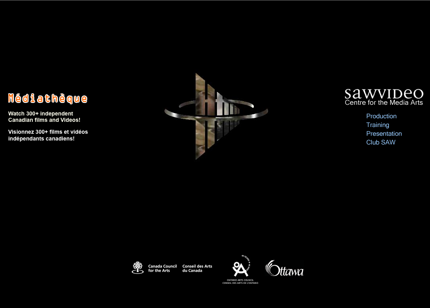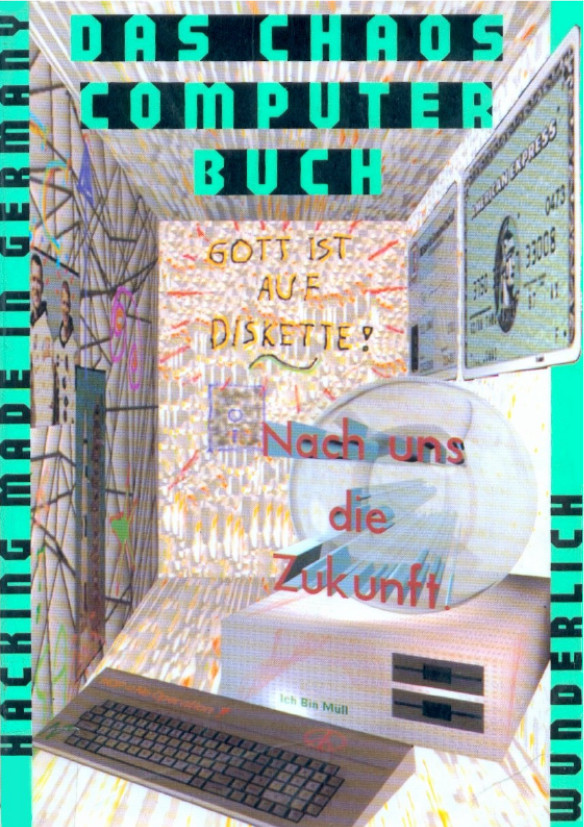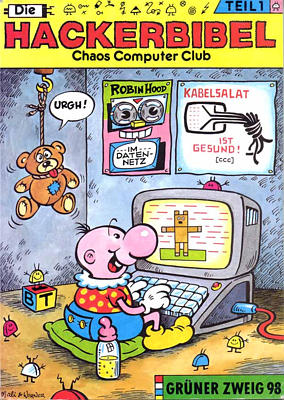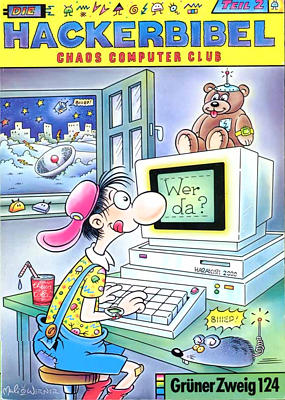Mélanie Hogan: Crashing the Archive: A Research-Creation Intervention into the SAW Video Mediatheque (2012)
Filed under thesis | Tags: · archive, archiving, preservation, storage, video art

“Video Cache is a research creation intervention emerging from my doctoral research into defunct and crashed online archives, in the context of Canadian video art, which has a rich history of self-preservation and of documenting itself as an art movement. From major art galleries to personal collections; Canada has long privileged video as a tool for creative resistance, expression, and experimentation. Video Cache serves to track the SAW Video Mediatheque (based in Ottawa), from its launch to its crash and back online again, by updating its context and addressing in a practical way what it means to ‘activate’ the online archive. Much of my intervention occurred after the crash and during the two years the site was offline. It involved varied methodological entry points including in depth interviews with SAW Video staff and media archaeology to locate digital traces of the site. Key here is Video Cache’s success in simultaneously documenting the project and intervening to address archival loss: while it was the ‘cache’ that made the Mediatheque’s traces visible and re-visit-able, it was the ‘crash’ that signalled its ongoing archival value.” (from Abstract)
PhD thesis
Department of Communication Studies, Concordia University, Montréal, Québec, Canada
April 2012
Jürgen Wieckmann (ed.): Das Chaos-Computer-Buch: Hacking made in Germany (1988) [German]
Filed under book | Tags: · computing, hacker culture, hacker ethic, hacking, machine, networks, programming, security, technology

Wie wurde der NASA-Rechner geknackt? Wie funktionieren Computerviren und logische Bomben? Sind Hacker Schwarze Schafe im Wolfspelz? Jenseits des Medienrummels legt dieses Buch einen Blick hinter die Kulissen des Spektakulären frei. Alles über die Hackerszene, über Hackerpraxis, Technik, Auswirkungen und Anwendungen. Alles über den bereits legendären NASA-Hack. Über Lebensgefühl und Erlebnisse im Globalem Datennetz. Alles über Viren, Trojanische Pferde und logische Bomben.
Verlag Wunderlich, 1988
ISBN 3805204744, 9783805204743
237 Seiten
Chaos Computer Club (ed.): Die Hackerbibel, 1-2 (1985, 1988) [German]
Filed under book | Tags: · computing, germany, hacker culture, hacking, history of computing, history of technology, internet, machine, networks, privacy, programming, radio, security, technology, telephone, video


“Die Hackerbibel ist eine Publikation des Chaos Computer Clubs. Sie ist bisher in zwei Ausgaben in den Jahren 1985 und 1988 erschienen. Beide Ausgaben wurden von Wau Holland herausgegeben und vom Verlag Grüne Kraft veröffentlicht.
Die Hackerbibel ist ein Sammelsurium aus Dokumenten und Geschichten der Hacker-Szene, wie beispielsweise die Bauanleitung für den als „Datenklo“ betitelten Akustikkoppler. Sie bietet darüber hinaus Bauanleitungen und andere technische Hintergründe. Die 1. Ausgabe erschien 1985 mit dem Untertitel Kabelsalat ist gesund, und erzielte bis Mitte 1988 eine verkaufte Auflage von 25.000 Exemplaren. Die Ausgabe 2 aus dem Jahr 1988 wird auch Das neue Testament genannt. Die Comic-Zeichnungen der Umschlagbilder sind eine Schöpfung der deutschen Comic-Zeichner Mali Beinhorn und Werner Büsch von der Comicwerkstatt Büsch-Beinhorn. Die Produktion und der Vertrieb der Hackerbibel wurde schon vor 1990 eingestellt. Seit 1999 bietet der CCC eine gescannte und im Volltext verfügbare Version mit weiterem Material, wie Texte von Peter Glaser, eine Dokumentation zu Karl Koch und die Arbeiten von Tron, auf der Chaos-CD an.” (wikipedia)
Die Hackerbibel Teil 1. Kabelsalat ist gesund, Grünen Kraft, Löhrbach, ISBN 3922708986, 260 Seiten
Die Hackerbibel Teil 2. Das neue Testament, Grünen Kraft, Löhrbach, ISBN 3925817247, 260 Seiten
PDF (Teil 1, 56 MB, no OCR, updated on 2024-2-3)
HTML (Teil 1, updated on 2024-2-3)
PDF (Teil 2, 43 MB, no OCR, updated on 2024-2-3)
HTML (Teil 2, updated on 2024-2-3)

